Every once in a while a product comes along that causes my heart to skip a beat and my imagination to run wild as I think of all the possibilities. This is one of those products. While professional educators might call them Differentiated Learning Cubes, I call them Pocket Cubes. You will find them at teacher supply stores. I got mine at Mardels.
I’ve used cubes before in my Bible class to review lessons but they were pretty small and had no pockets. Since I had to write on the cube with a sharpie, they were not reusable except for that particular lesson. The other day, while visiting my son and his family, we went to a Bible study at a friend’s home. They had a cube that was purchased from the Dollar Tree and used basically the same way I had used my original small cubes. The differences were that these cubes were nice and big PLUS they had a little white board on each of the faces of the cubes so she could write on them, erase and write again. Much more useful than my original cubes. Plus, they were inexpensive.
My heart skipped a beat. My daughter in law and I set out to find me some of those amazing blocks. Well, apparently others saw the value of the blocks. They were out of stock at the local Dollar Tree and every Dollar Tree I visited. I decided to look online. I could not find what I wanted (probably because I didn’t know the technical term educators use for them. What I did find was even better. Our local Mardels had the amazing Differentiated Instruction Cubes…translation…pocket cubes. Cubes, the same size as the ones I was looking for with the little white board on the faces, but these had pockets. Clear pockets that I could put pictures or words in and could be switched out as many times as I wanted. I knew right away that this was the perfect addition to my stash of Bible class teaching tools.
Following are a couple of ideas describing how I have used them in class:
The blue cube has pictures of Bible stories we have been reviewing. Not the whole picture, but a very small part of the picture. For instance, the picture for Jonah has just the tale of the large fish, the picture of Moses has part of one of the tablets of stone the 10 commandments were written on. During class, one student rolls the cube to see which picture lands on top. The student then tells the story that the picture represents.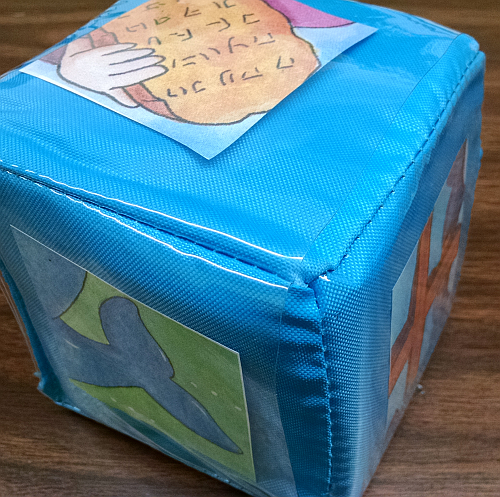
The yellow cube has names of different books of the New Testament. There are a variety of ways this one can be used. I have done both the following: The student rolls the cube. He then reads the name of the book that lands on top and tells me which book comes after it. Or he tells me which book comes before it. He could also be asked to start at that book and tell the next 5 books. He could be asked to tell if the book is in the Old Testament or the New Testament. The books of the Bible can be changed out as often as you would like.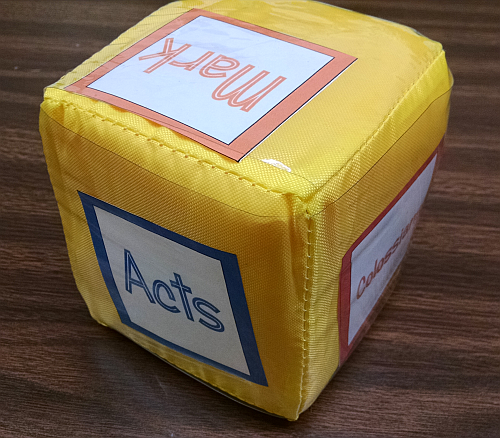
You can also use two cubes at the same time. On one cube are pictures of Bible stories we have recently studied. On the other cube are questions to answer about the stories. The student rolls two cubes and answers the question that is on top of one cube about the picture that is on top of the other cube.
Here are some examples:
Question asked:
What happened?
Picture shown:
Peter is arrested. Picture from the Peter Pop-up Book.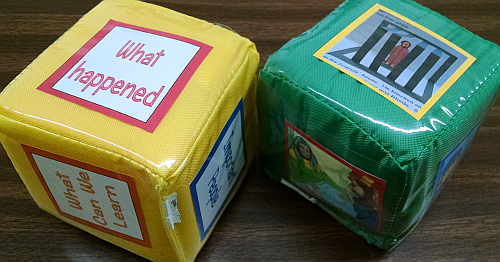
Question asked:
Important people.
Picture shown:
Ananias and Sapphira. Picture from Lambsongs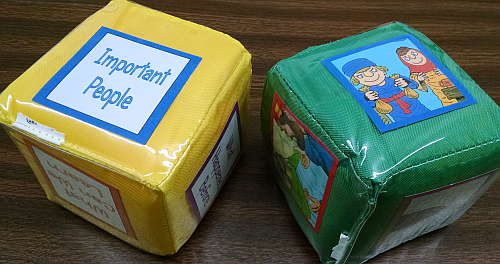
Question asked:
What can we learn?
Picture shown:
Lame man healed at Beautiful Gate. Picture from Acts Pop-up Book.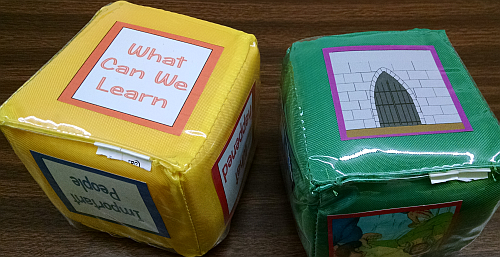
Question asked:
Old or New? (Old Testament or New Testament?)
Picture shown:
Dorcas. Picture from Free Bible Images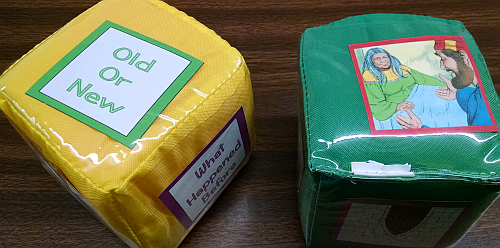
Other questions I used were:
What happened next?
What happened before?
You may be seeing the flaw to this activity like I did. I have an energetic class. Before taking the cubes to class for the first time, I was picturing in my mind how this would work. Visions of little boys throwing the cubes clear across the room kept popping into my head. We have a very large classroom. This could get out of hand rather quickly.
My solution? A hoola hoop. Imagine, if you will, the excitement of little 4, 5, and 6 year old boys when they see that their teacher has brought a hoola hoop to Bible class. All of a sudden this super strict teacher might not be so bad after all. They were thrilled.
Sadly, though, they soon discovered that the hoola hoop was only going to be used to contain the cube that they roll. If the cube rolls out of the hoop, they lose a turn. Sorry…no hoola hooping in Mrs Dow’s class.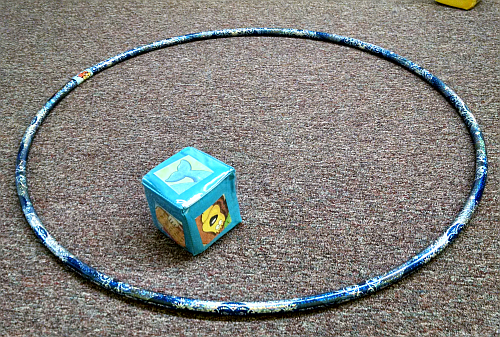

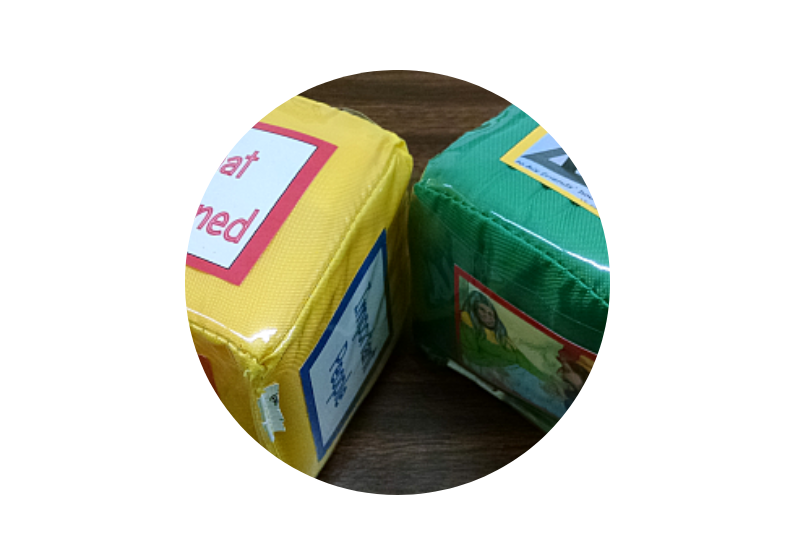

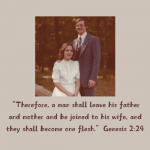
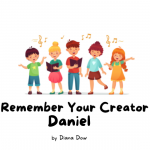
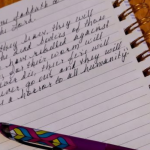

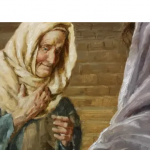
muito bom! gostei da ideia
Very cool idea. I would modify it for slightly older kids.
Thank you. There are lots of possibilities. I would love to see what you come up with.